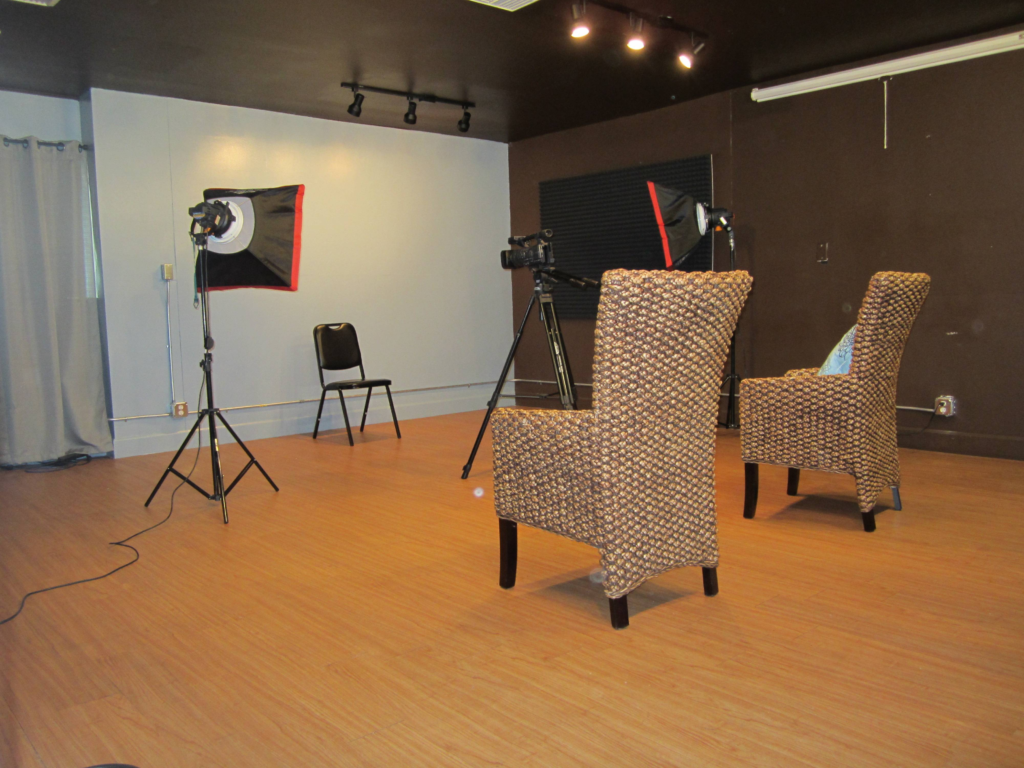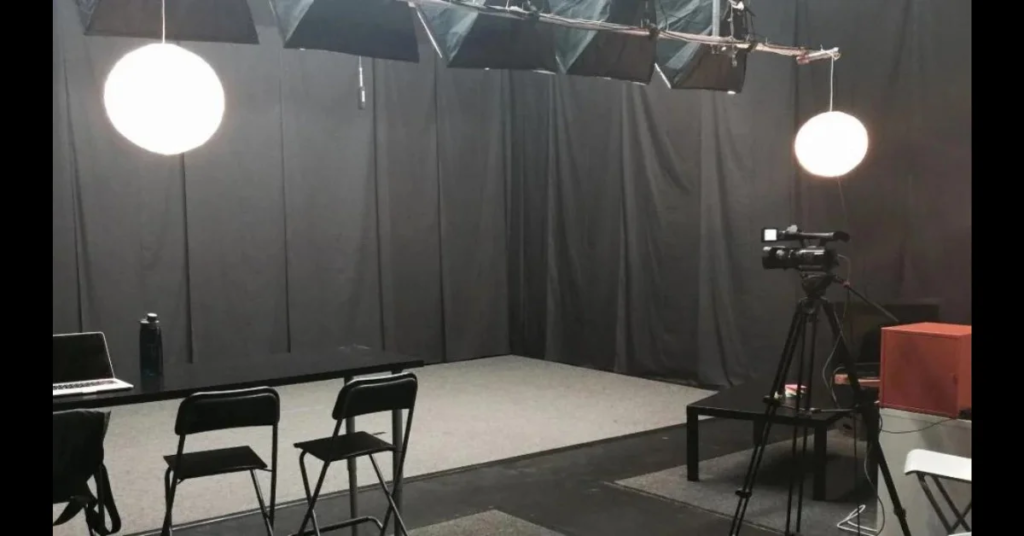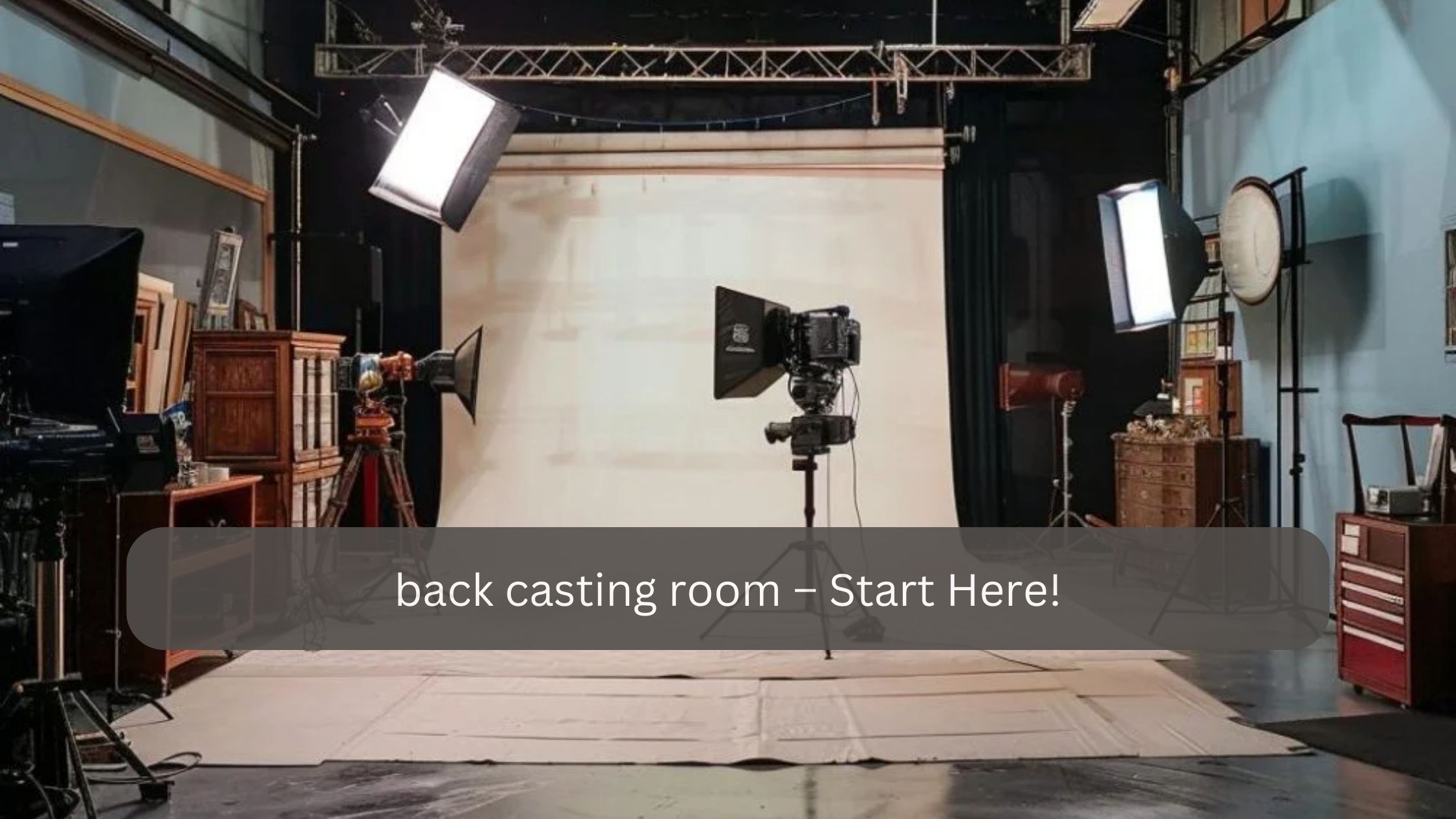“Using a back casting room changed how I plan for the future. By starting with my ideal outcome and working backward, I could see clear steps to achieve my goals. This method helped me feel more prepared and confident in my decisions.”
A back casting room helps you plan by imagining your ideal future and figuring out steps to get there. It makes decision-making easier by highlighting potential challenges and opportunities.
Uncover how this innovative planning method helps you visualize your ideal future and map out the steps to achieve it. Learn how it enhances decision-making, foresees challenges, and improves strategic planning across various sectors.
What is the main purpose of a back casting room in film and theater production?
In film and theater production, a back casting room serves a crucial role by starting with the end goal: envisioning the perfect actors for each role. This method flips traditional casting processes on their head.
Instead of simply auditioning actors and hoping to find a fit, production teams first imagine the ideal cast members based on the characters in their script or play.
They consider not only the actors’ talents but also how well they fit the envisioned roles in terms of appearance, personality, and performance style.
Once the ideal cast is imagined, the team then works backward. They plan auditions, callbacks, and discussions around finding actors who best match their vision.
This strategic approach helps in making casting decisions that align closely with the artistic direction of the production.
It also allows for more thoughtful consideration of diverse casting options and ensures that every actor selected contributes positively to the overall storytelling and thematic goals of the film or play.
Read More: The Essential Guide for Maximizing Shopping Experience with Maximizecache.shop
What are the key benefits of using a back casting room in strategic planning?
A back casting room is a strategic planning tool that starts with a clear vision of future goals. It then breaks down what needs to be done step-by-step to reach those goals.
This method is effective because it helps organizations see exactly where they want to go and how to get there.
By using a back casting room, businesses can foresee potential problems and opportunities in advance. This allows them to be better prepared for whatever might come their way.
It also involves bringing in different people’s ideas early on, which helps make sure decisions are smart and well-supported.
How does a back casting room differ from traditional forecasting methods?

A back casting room differs from traditional forecasting methods in its approach to planning for the future. Traditional forecasting typically relies on historical data and trends to predict what might happen next. It extrapolates from past patterns to estimate future outcomes.
In contrast, a back casting room starts with a desired future outcome in mind and works backward to determine the steps needed to achieve that outcome.
It focuses on envisioning a specific goal and then identifying the actions, strategies, and resources required to reach it.
This method is more proactive and goal-oriented, aiming to create a roadmap for success rather than just predicting future trends based on past data.
Moreover, while forecasting can be more rigid and linear in its approach, back casting allows for greater flexibility and creativity.
It encourages organizations to explore multiple scenarios and possibilities, considering different pathways to achieve their objectives.
Why is scenario building crucial in a back casting room?
Scenario building is essential in a back casting room because it helps organizations get ready for different future possibilities. Instead of just predicting what might happen based on past data, scenario building imagines various situations that could unfold.
This way, decision-makers can plan ahead and create strategies that work no matter what changes come their way.
In a back casting room, scenario building makes sure that all uncertainties are carefully considered. By thinking through different scenarios, teams can see what factors might affect their goals and how they can adjust their plans accordingly.
This process gives them a clearer picture of what could happen and helps them make smarter decisions to stay on track toward their desired outcomes.
When should organizations consider using a back casting room?
Organizations should consider using a back casting room when they are planning for long-term goals and want a clear, strategic approach to achieve them.
It’s especially useful when facing uncertainties or when traditional forecasting methods may not provide enough flexibility.
Additionally, a back casting room is beneficial when organizations need to involve stakeholders early in the planning process.
This collaborative approach ensures that diverse perspectives are considered and that decisions are well-supported across the organization.
Read More: Sukıtır – Explore Our Models Today!
What are the main challenges associated with implementing a back casting room?

Implementing a back casting room can present several challenges for organizations. One of the main challenges is obtaining and analyzing accurate data.
The success of back casting relies heavily on the quality and reliability of historical data and forecasts. Inaccurate or incomplete data can lead to flawed scenario building and ineffective strategic planning.
Another challenge is the complexity of scenario development. Creating plausible future scenarios requires a deep understanding of various factors, such as market trends, technological advancements, and societal changes. Balancing complexity with practicality is crucial to ensure that scenarios are relevant and actionable for decision-makers.
Furthermore, resistance to change within the organization can hinder the adoption of back casting. Stakeholders may be reluctant to embrace a new approach that challenges traditional forecasting methods or requires them to think differently about future planning.
Overcoming this resistance requires effective communication, leadership, and a supportive organizational culture that values innovation and forward-thinking.
In summary, while back casting offers significant benefits in strategic planning, organizations must navigate challenges related to data quality, scenario complexity, and internal readiness to successfully implement this approach.
How can businesses integrate a back casting room into their long-term planning strategies?
- Define Clear Goals and Vision: Start by defining specific long-term goals and a clear vision of where the organization wants to be in the future.
- Gather Relevant Data: Collect and analyze relevant historical data, current trends, and expert insights that will inform the back casting process.
- Envision Future Scenarios: Use the data collected to develop multiple future scenarios based on different assumptions and variables. Consider a range of possibilities to anticipate challenges and opportunities.
- Evaluate Feasibility and Risks: Assess the feasibility of each scenario and evaluate associated risks and uncertainties. Identify critical decision points and potential obstacles that may impact achieving the desired outcomes.
- Formulate Adaptive Strategies: Based on scenario analysis, formulate adaptive strategies and action plans that align with the organization’s goals. These strategies should be flexible enough to accommodate changes in the external environment.
- Involve Stakeholders: Engage key stakeholders throughout the back casting process to gain diverse perspectives and ensure buy-in for strategic decisions.
- Monitor and Adjust: Continuously monitor progress and reassess scenarios as new information becomes available. Regularly review and update strategies to stay responsive to evolving conditions.
What role does data analytics play in optimizing a back casting room?

Informing Scenario Building:
Data analytics enables organizations to gather and analyze historical data, current trends, and projections. This information forms the basis for developing diverse future scenarios in the back casting process.
Enhancing Accuracy and Reliability:
Advanced analytics techniques, such as predictive modeling and machine learning, improve the accuracy and reliability of scenario projections.
These tools can identify complex relationships and dependencies within data sets, allowing organizations to anticipate changes and disruptions more effectively.
Supporting Decision-Making:
Data-driven insights obtained through analytics help decision-makers evaluate the feasibility and risks associated with each scenario.
By quantifying potential outcomes and assessing their impact on organizational goals, analytics enable informed decision-making that aligns with strategic objectives.
Facilitating Adaptability:
As conditions evolve, data analytics enables organizations to continuously monitor and adjust their strategies.
By tracking key performance indicators and external factors, organizations can proactively adapt their plans to changing circumstances and seize emerging opportunities.
Why is stakeholder collaboration essential in the success of a back casting room?
- Diverse Perspectives: Involving stakeholders ensures a variety of viewpoints are considered, leading to more comprehensive and well-rounded scenarios.
- Support and Buy-in: Engaging stakeholders early builds support for strategic decisions and increases commitment to implementing plans.
- Expertise and Insights: Stakeholders bring specialized knowledge that can enhance the accuracy and relevance of scenario building and strategic planning.
- Alignment and Consensus: Collaboration fosters alignment around goals and strategies, reducing conflicts and ensuring unified efforts towards achieving desired outcomes.
- Adaptability and Flexibility: Input from stakeholders helps in identifying potential challenges and adapting strategies to changing circumstances, improving the overall resilience of the planning process.
FAQS:
What are some real-world applications of back casting rooms across different industries?
Back casting rooms are applied across industries such as environmental planning for sustainability, business strategy for market foresight, and policy development for effective governance and societal impact planning.
How can organizations measure the effectiveness of a back casting room approach?
Organizations can measure the effectiveness of a back casting room approach by evaluating how well it aligns with achieving long-term goals and adapting to changing conditions, and by assessing stakeholder engagement and decision-making outcomes based on scenario planning.
What is the difference between a back casting room and a traditional casting room?
A back casting room is equipped with cameras and recording equipment, while a traditional casting room is simply a space for live auditions.
How far in advance are auditions typically scheduled in a back casting room?
Auditions can be scheduled anywhere from a few days to several weeks in advance, depending on the production’s needs.
Can I bring my own equipment to a back casting room?
Usually, no, as the room is already equipped with necessary gear, but it’s best to check with the casting team beforehand.
Are back casting rooms only used for principal casting?
No, they can also be used for background casting, like extras or crowd scenes.
How many people are typically in a back casting room during an audition?
Usually, just the actor, casting director, and camera operator, but sometimes a director or producer may also be present.
Can I request feedback on my audition from the casting team in a back casting room?
Sometimes, but it’s not always possible, as the casting team may be busy with the production.
Are back casting rooms used for other purposes besides casting?
Yes, they can also be used for rehearsals, workshops, or even filming small scenes.
How long does it take to set up an audition in a back casting room?
Usually around 15-30 minutes, depending on the complexity of the setup.
Can I audition in a back casting room if I don’t have an agent?
Yes, many productions accept self-submissions or online auditions, which can be recorded in a back casting room.
Are back casting rooms only found in major cities?
No, they can be found in smaller markets and cities as well, depending on the local film and theater industry.
Conclusion:
In conclusion, the back casting room emerges as a powerful tool for organizations aiming to navigate uncertainties, plan strategically for the future, and achieve sustainable success. By envisioning desired outcomes and working backward to identify actionable steps, organizations can enhance resilience, innovate effectively, and stay ahead in dynamic business environments.



